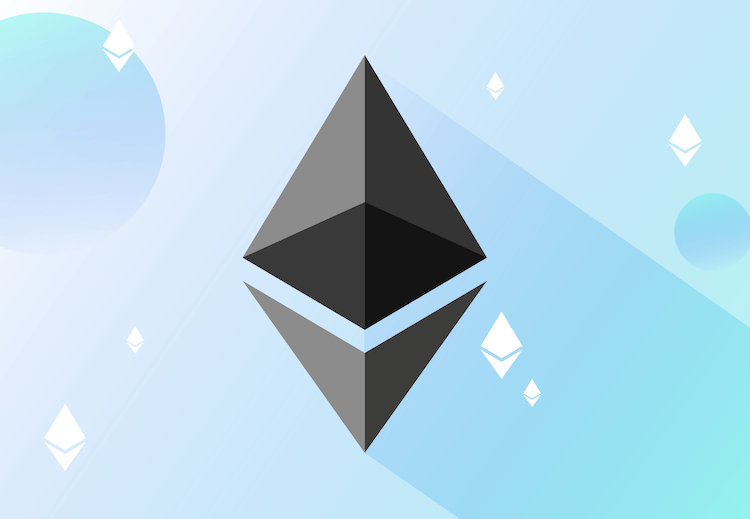Coin Highlight: Ethereum


As one of the most well known alternatives to BTC, Ethereum is considered a staple of the crypto community. Since its creation in 2014 by Vitalik Buterin, it has become the second most traded cryptocurrency on the market. Ethereum is based on a similar model to BTC with some important differences. It is baked on the same open source principle and uses computing power to validate transactions. However, the centralized servers of Ethereum are replaced by 'nodes' which are private computers who volunteer to contribute to the network ensuring it functions properly. This in a way makes Ethereum into a giant decentralized world computer.
Ethereum was created in order to enable developers to build and publish smart contracts, as well as distributed applications or 'dApps'. These 'dApps' can be used without risk of server downtime or interference from a third party. Unlike Bitcoin, Ethereum is a programmable network, which can be used for multiple purposes. These include games, applications and platforms.
Ethereum is not the cryptocurrency itself, just the network it runs on. The cryptocurrency you are buying is called Ether. Developers are required to pay in order to use the Ethereum network to create new tokens or applications. This fee is known as the 'gas' fee. A good way to visualise this is to imagine the 'gas' fee is petrol in a car that needs to be topped up in order to keep it going. While Ether is the cash you used to buy the car. Gas is the fee that is paid in order to perform actions on the Ethereum network, like trade or develop adjacent applications.
Ethereum allows the development of smart contracts. These can be used by anyone to create products that operate on a similar network using said smart contracts. A Smart Contract is a program that will automatically execute as soon as certain conditions have been met. This is done by using the 'Ethereum Virtual Machine' which provides the developers in question with the underlying technology and architecture to implement and interact with the smart contracts.
It also allows for the development of dApps, or Decentralised applications, as mentioned previously. This enables developers to create applications using Ethereum's decentralised network.
Ethereum is all about accessibility. The main algorithm the current Ethereum network runs on is called 'Dagger Hashimoto'. This system aims to satisfy two main objectives. To have light client verifiability, which will enable a block in the chain to be effectively verified by a light client, this is to say it will require a lower amount of processing power compared to a BTC block. This is done in order to give those with relatively scarce processing power the ability to contribute to the network without needing to use extremely expensive hardware. However this has been superseded by Ethash, an upgraded to the Ethereum algorithm, which may be improved upon further by the upcoming ETH 2.0 upgrade.
With one of the key features of Ethereum being accessibility. The Ethereum network was created with developers in mind. As such many platforms and applications run on Ethereum's blockchain. The categories for these applications include, art marketplaces, games, decentralised financial applications, social networks and more. Some large projects that run off of the Ethereum network include MetaMask, the web browser Brave, and MyCryptoWallet. These are only a few uses of the technology Ethereum provides.
